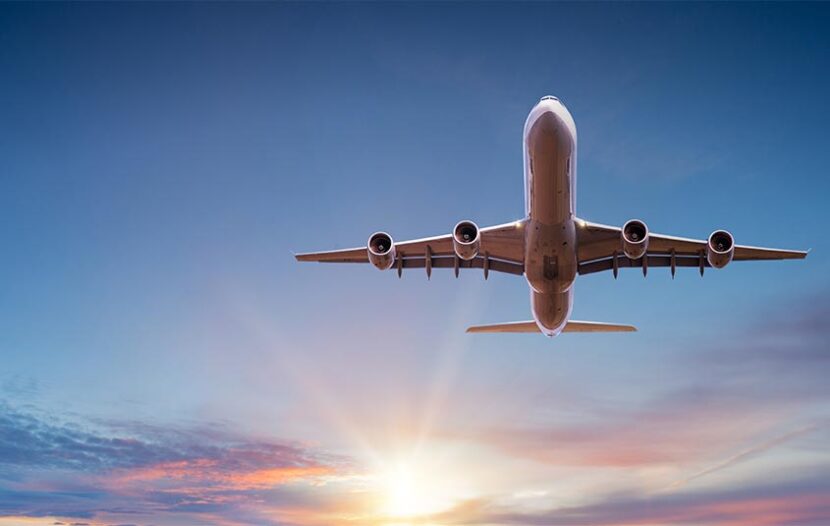TORONTO — After two years of airfare sticker shock, travellers can expect more modest increases for the price of air travel in 2025.
That’s the word from American Express Global Business Travel’s latest Air Monitor 2025. The annual report drills down on the costs of travel region by region.
According to the report, airfares will rise just slightly across most regions globally in 2025 as airline capacity continues to rise, putting more supply in the market.
The report anticipates that, after a period of sharp fluctuations, airfare prices are starting to stabilize globally.
“THE UNDERLYING COST OF AIR TRAVEL IS LIKELY TO REMAIN HIGH”
Next year’s price points should mark a shift from the more volatile pricing patterns of previous years, noted the report. “However, despite these stabilizations, the underlying cost of air travel is likely to remain high,” said Amex GBT.
The report underlines the biggest factors influencing airfare pricing, includimg the growing trend of dynamic pricing, which allows airlines to adjust their fares based on a variety of market conditions. The years-long integration of IATA’s New Distribution Capability (NDC) meanwhile impacts fare negotiations between airlines and corporate travel buyers. The report also notes that geopolitical tensions can affect fuel costs, plus increased operating expenses (like higher labour costs from new contracts and environmental surcharges) add to upward pressure on prices as well.
Amex GBT’s forecast shows a year-over-year increase of 2.7% for Business Class fares within North America, and a 1.2% rise within Europe. For travellers booking Economy Class, the report predicts a 2.8% increase in both regions.
“BUSINESSES WILL BE FACED WITH A NEW REALITY”
“In 2025, businesses will be faced with a new reality – even though price rises are leveling off and capacity has returned, fares remain high,” said Amex GBT’s SVP Professional Services, Gerardo Tejado. “Corporates should expect tough negotiating stances from airlines, particularly as carriers evolve their distribution models. Business travel buyers will need to be strategic – for example, around loyalty and program performance data – to get value in this environment.”
The report also looks at how the growing use of AI in air travel pricing is impacting the travel industry’s economics: “Airlines are increasingly leveraging AI to sharpen their revenue management and retailing capabilities. AI technologies are reshaping air travel revenue strategies, allowing airlines to better respond to market shifts and consumer behavior. As airlines continue to innovate in their pricing strategies, the use of AI is expected to become an integral part of revenue management, making it even more important for corporate travel buyers to leverage program performance data and loyalty to navigate this new pricing environment effectively.
The report can be viewed in full here.

